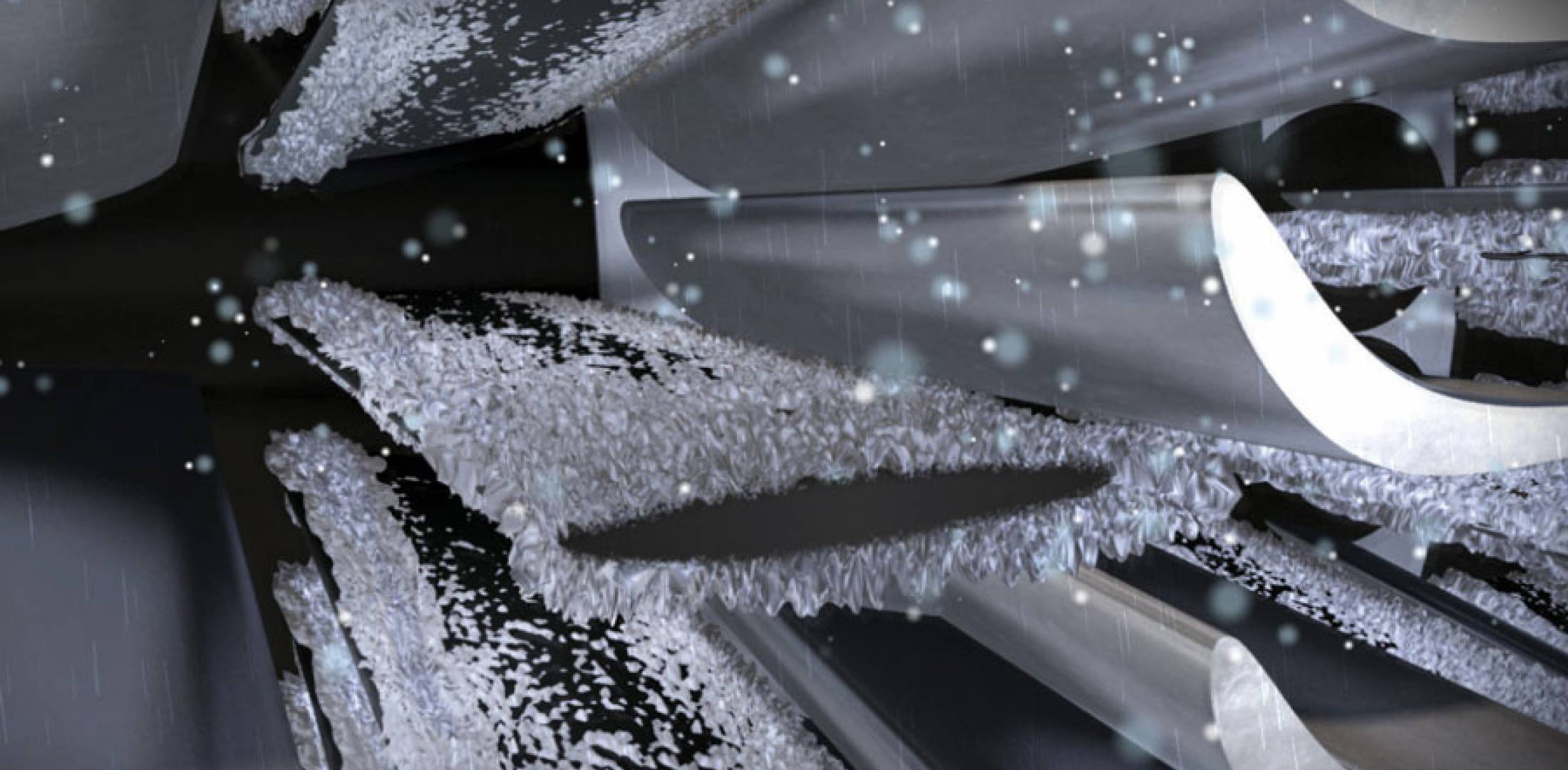Current Research

Research project title:
Modelling of ice crystal icing in engines
Project description
In 2006 a new phenomenon was recorded to have caused repeated reports of engine failure. This was coined ice
crystal icing and occurred at altitudes previously thought benign. Ice crystals would be
ingested into airplane engines where they would partially melt, leading to the accretion and breaking off of
ice, causing engine damage. I am currently exploring this accretion problem, with the aim to develop a full
accretion model for an arbitrary engine geometry. This accretion problem lends itself to a few different
long-term projects. The first is the development of the accretion models and a large-scale analysis of key
physical quantities. The second involves studying the dynamics of ice break off in the engine.
Other research at Bath
Reading course on thin films
Investigation of viscous flows on curved surfaces. Formulation
of thin film problems in a curvilinear coordinate system and
examining the stability of such problems.
Download Report
Thesis Formulation Report
A theoretical exploration of ice crystal icing. Historical and current literature is reviewed
and further work is studied on a one-dimensional model of ice accretion corresponding to
mixed/glaciated conditions for a hot substrate. A three layer thermodynamic accretion model is
developed on the basis of a multiphase Stefan problem and then reduced to the original concept
of design from the literature. Asymptotic solutions are found for the pseudo steady state and
numerical results are obtained (via MATLAB) which show the transition from the single water
layer to the proposed three layer model as key parameters are adjusted.
Download TFR
Interdisciplinary Research Report
Optical fibres have been a source of study since the 1800's, but even more so in the current time period. With
information and data being essential new resources, having the infrastructure to transfer this information on a
microscopic and macroscopic scale has only become more important.
This has led to an interest in multicore fibres (MCF). Used in medicine, for example in endoscopic imaging,
these MCFs have 1000s (or even millions for endoscopy) of cores packed closely together. A larger number of
cores has led to an increase in information per area but it also has drawbacks such as crosstalk between cores.
As a signal travels down the fibre, power transfer occurs between cores leading to noisy data and a loss of
information. Thus, it is no wonder that being able to extract a clean, uncorrupted image is hugely important
in most applications.
In this strand we seek to examine a MCF over a short length scale and examine how we can create tiling
patterns that reduce this effect and how we can minimise the loss between cores over the minimum area. We
use the insight gathered from strand one regarding coupling affects between identical and similar tiles based on
distance. From this foundation we proceed in order to create an optimal tiling pattern which ideally results in
minimal amount of loss of power in the cores.
Download IRP report
